Top 10 Most Polluted Cities In The World
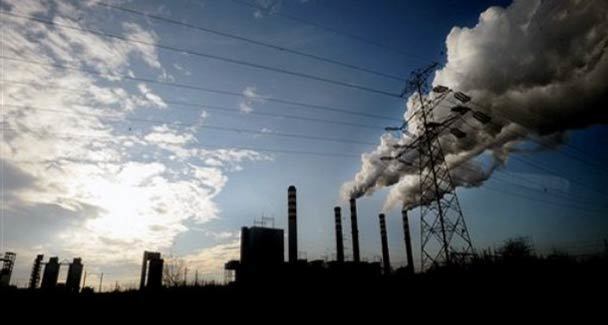
Air pollution poses a global concern, with specific urban areas gaining notoriety for their severe air quality issues. Factors such as industrial growth, traffic-related emissions, geographic attributes, and inadequate pollution management practices collectively contribute to the escalated pollution levels witnessed in these municipalities. The adverse repercussions of compromised air quality on both human well-being and the ecosystem underscore the urgency of addressing this predicament comprehensively. Necessity dictates the formulation of enduring strategies aimed at achieving air cleanliness and countering the manifold challenges tied to contamination.
Top 10 Most Polluted Cities In The World
- Ghaziabad
- New Delhi
- Muzaffarpur
- Faridabad
- Baghdad
- Peshawar
- Dhaka
- N'Djamena
- Hogan
- Lahore
1. Ghaziabad

Ghaziabad, known for its high pollution levels, faces a multitude of contributing factors. Urbanization, industrial growth, traffic congestion, construction activities, and its proximity to industrial hubs like Delhi and Noida are key contributors to this issue. Climatic conditions, like temperature inversions that trap pollutants near the ground, worsen air quality. Inadequate waste management and green cover exacerbate the problem, collectively earning Ghaziabad a spot among the world's most polluted cities.
2. New Delhi
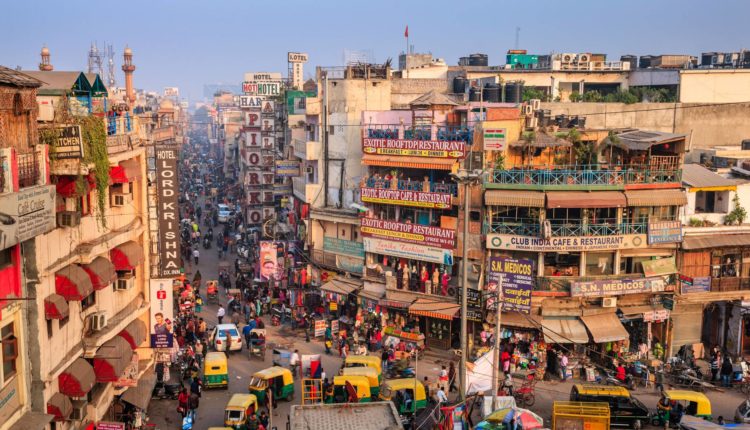
New Delhi's reputation as a severely polluted city stems from complex factors. The city's high vehicle density, including a substantial number of older vehicles with outdated emission standards, significantly contributes to air pollution. Its role as an industrial center with many manufacturing units further worsens the situation. Some of these industries lack effective pollution control systems, releasing pollutants into the air. Rapid urbanization and continuous construction projects add dust and particulate matter to the air, deteriorating air quality. Geographical factors, along with weather patterns, can result in temperature inversions that trap pollutants close to the ground. The city's large population adds to emission levels, making pollution management more challenging.
3. Muzaffarpur
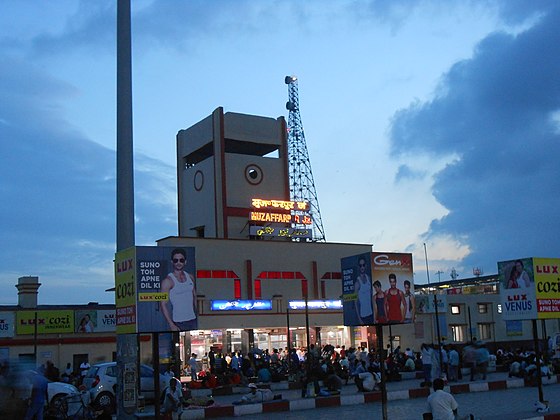
Muzaffarpur, a city in Bihar, faces pollution issues due to several reasons. Primarily an agricultural area, the practice of burning agricultural residues post-harvest releases substantial amounts of particulate matter and pollutants into the air. The region's rapid industrialization, coupled with insufficient pollution control measures, leads to harmful emissions from nearby industries. Geographical and climatic factors also contribute to pollution levels, including the dispersion of pollutants influenced by weather and terrain.
4. Faridad
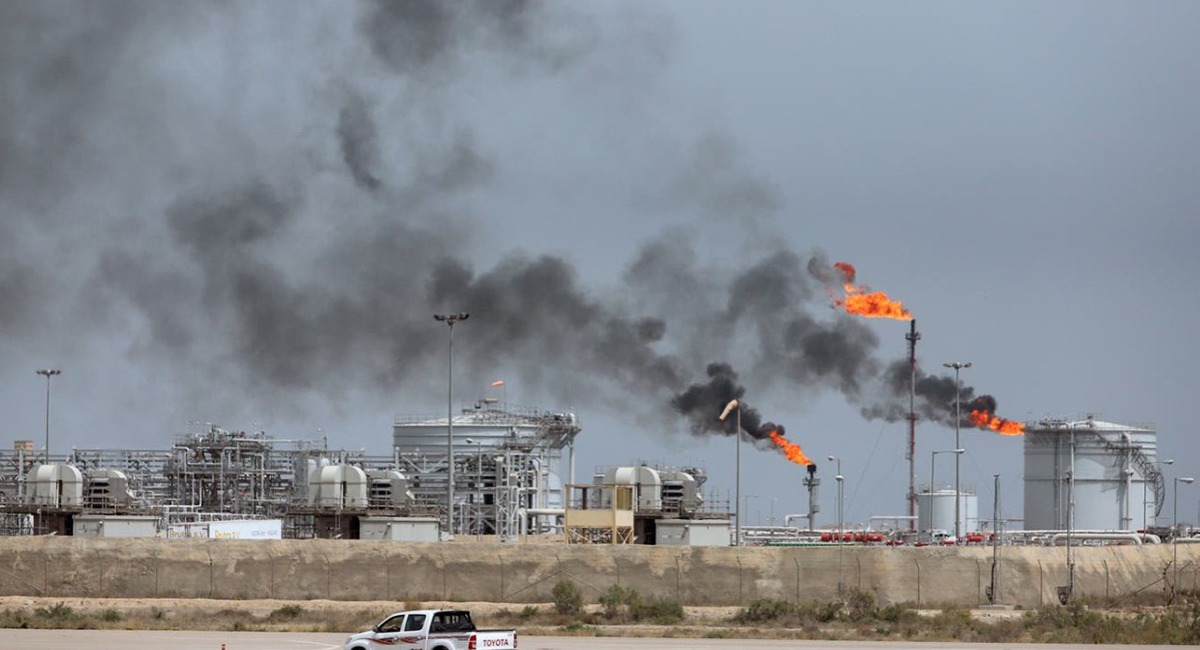
Faridabad, situated in Haryana, grapples with severe pollution problems originating from various sources. The city's industrial nature, hosting numerous manufacturing units, contributes to emissions of particulate matter, gases, and chemicals, all adding to air pollution. High vehicular traffic, particularly older vehicles lacking proper emission controls and limited public transportation options, further elevate pollutant levels. Faridabad's geographical proximity to the National Capital Region and other industrial zones allows pollutants from neighboring areas to impact its air quality.
5. Baghdad
READ ALSO » World’s Most Polluted Countries
Baghdad, Iraq's capital, struggles with significant pollution issues that have earned it a reputation as one of the most polluted cities globally. Years of conflict and instability have wreaked havoc on infrastructure, including power plants, waste management systems, and water treatment facilities, resulting in increased pollution levels. Frequent power outages have forced the reliance on backup generators, often using lower-quality fuels and lacking adequate pollution controls. The combination of high traffic congestion and insufficient public transit contributes to heavy automotive emissions. The presence of older vehicles with outdated pollution control mechanisms compounds the problem.
6. Peshawar

Battling Pollution Amidst Geographic Constraints
Peshawar, a city in Pakistan, has gained notoriety for its alarming air pollution levels. Trapped by surrounding hills, the city experiences limited air circulation, exacerbating pollution buildup. A dense population and increasing vehicular numbers contribute to high emissions of pollutants like nitrogen dioxide and particulate matter. Additionally, lax pollution control measures in some industries further deteriorate the air quality in the region.
7. Dhaka
Dhaka, the capital of Bangladesh, grapples with severe air pollution due to a convergence of factors. Rapid urbanization and a surging population intensify emissions from vehicles, industries, and households. The city's traffic congestion is a notable contributor to its air quality woes, with many vehicles lacking adequate pollution control mechanisms. Industries like manufacturing and textiles, some lacking effective pollution control systems, also play a significant role in deteriorating the air quality.
8. N'Djamena
N'Djamena, the capital city of Chad, faces considerable pollution challenges attributed to various sources. Rapid urbanization often outpaces infrastructure development, leading to increased pollution from industries, vehicles, and construction activities. Geographic factors, coupled with weather conditions, compound the issue by impeding pollution dispersion.
9. Hotan

China's Battle Against Polluted Skies
Hotan in China's Xinjiang province contends with severe pollution largely due to coal dependency for electricity and heating. This reliance emits copious pollutants and particulate matter. Urbanization and industrialization further elevate emissions from various sources, deteriorating the air quality. The geographical setting, surrounded by mountains that trap pollutants, exacerbates the problem. Stagnant air conditions hinder pollution dispersion, worsened by the region's arid environment and limited vegetation for natural air purification. Inadequate waste management and sewage systems contribute to contamination.
10. Lahore
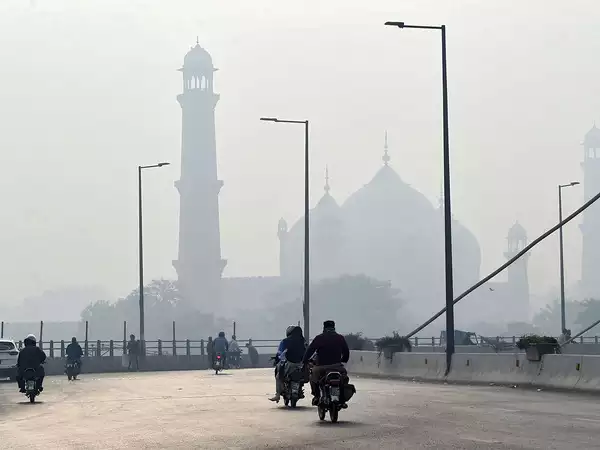
READ ALSO » Top 10 Most Expensive Cities In The World 2023
A Multifaceted Pollution PredicamentLahore, a major city in Pakistan, grapples with multifarious sources of pollution. Increasing vehicular emissions due to population growth and inadequate public transport contribute significantly to the problem. Industries like brick kilns and factories contribute their share to the city's polluted air. The city's topographical features, with hills enclosing it, hinder pollutant dispersal. Crop burning in the surrounding agricultural areas during certain seasons worsens the air quality. Poor waste management and insufficient green spaces further exacerbate pollution levels.
Addressing the Global Crisis: A Call to Action
The prevalence of severely polluted cities underscores the urgent need to combat air pollution's adverse impacts. Beyond immediate environmental consequences, poor air quality affects public health and overall well-being. Mitigation strategies must encompass stringent regulations, adoption of greener energy sources, improved urban planning, and heightened public awareness. By taking decisive steps, we can pave the way for healthier, sustainable urban environments, benefiting present and future generations alike.
